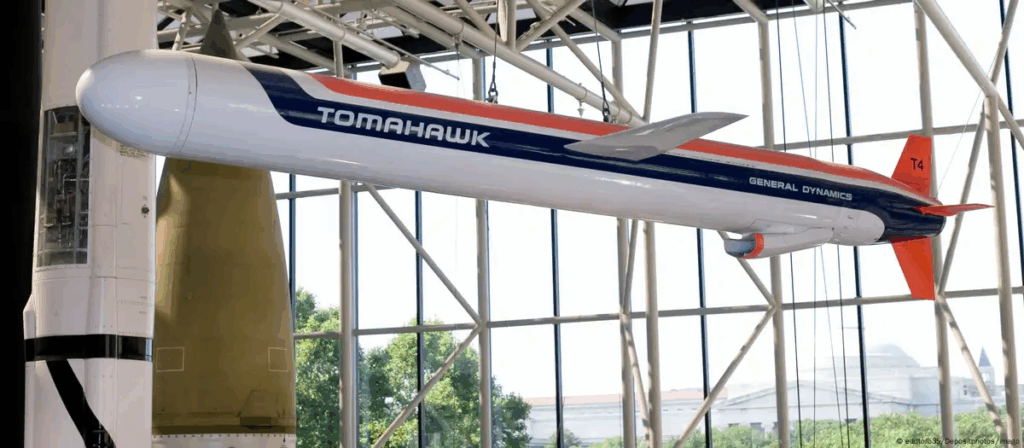The fate of Ukraine, caught between the deadlock at the front and the risk of forced capitulation, could depend on a weapon that changes the rules of the game. A former British intelligence officer, Philip Ingram, warns that supplying Tomahawk missiles to Kiev could redraw the map of the war — but also the global security balance, writes The Sun.
In a new episode of the Battle Plans Exposed series, Ingram explains why these long-range cruise missiles are, geopolitically, “the most important hidden card on the table”.
The Stake of Tomahawks: the ability to “strike deep”
During his most recent visit to the White House, Volodimir Zelenski tried to convince Donald Trump to authorize the delivery of Tomahawk missiles — weapons capable of hitting essential targets deep within Russian territory.
“The Tomahawks would allow Ukraine to strike logistic centers, air bases, industrial-military sites, and even drone factories hundreds of kilometers beyond the front line,” Ingram explains.
This capability would directly threaten the infrastructure that fuels the Kremlin’s war machine. In theory, Russia would be forced to withdraw its equipment and depots deeper into its territory, complicating already fragile logistical chains.
A weapon that changes the balance, but increases the risk of escalation
Behind the technical discussions hides a major political dilemma. Washington hesitates to authorize the transfer of these missiles, aware of Moscow’s warning: their use against Russian territory would be interpreted as a direct escalation of the conflict.
“It’s a decision that goes beyond the military sphere. It symbolically shows the United States’ willingness to provide Ukraine with the means necessary to inflict significant, long-term damage on Russia’s ability to wage war,” the British expert affirms.
Another effect would be political: such a decision would send a clear signal to the Kremlin that Washington, under a possible Trump administration, is not distancing itself from Kiev, but on the contrary, offers strategic support.
Ukrainian Tactics: Adaptation, Discipline, and Innovation
Ingram’s analysis also highlights the way the Ukrainian army has managed to resist, for over a thousand days, a numerically and technologically superior army.
He identifies four tactics that define this “manual of modern warfare”:
-Tactical withdrawal – Ukrainian units avoid direct confrontation, temporarily yielding ground to conserve forces and rebuild defensive lines.
-Drone trap – Russian troops are hit as soon as they settle into a new position, through repeated attacks with cheap, but accurate FPV drones.
-Constant troop rotation – unlike the Russian army, Kiev keeps its troops fresh, avoiding exhaustion and operational errors.
-Operational discipline – every move is planned, monitored, and supported by aerial reconnaissance, minimizing losses.
“What we see now on the front is more than military resistance. It’s a demonstration of adaptability and discipline – a lesson about how warfare will be conducted in the coming decades,” Ingram concludes.
As the war in Ukraine enters a critical phase, the debate about supplying Tomahawk missiles takes on major geopolitical implications. For Kiev, they could mean a chance for survival. For Washington and Moscow, they could become the spark of a new level of global confrontation.

